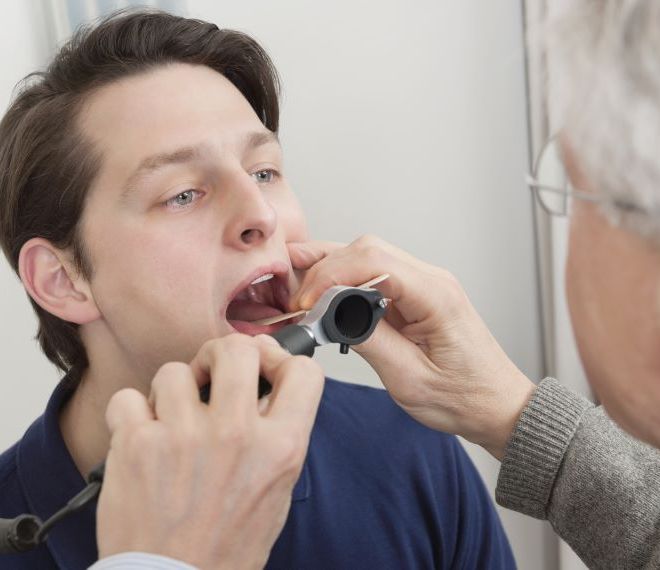What does phoniatrics do?

The first symptoms
Functional voice disorders are the most common group of diseases. It is called functional dysphonia if the person's tone of voice changes, which usually manifests itself in hoarseness, the volume and the load capacity of the voice decrease, and voice fatigue occurs. Professional voice users (teachers, actors, singers, performers, business people, etc.) are mainly affected.
Similar complaints occur in the case of dysodia ( singing voice complaints), which is a functional disorder of the singing voice. Reasons may include, among others, whether the person is a solo or choral singer:
- Breathing errors
- Incorrect use of the articulation area
- He started singing lessons early.
Singing with improper technique leads to voice complaints and hoarseness.
The process of treatment
Improving the voice may be necessary both for voice disorders and for increasing the performance of voice training. So it can affect both speech and singing voice. In many cases, this can endanger the person's occupation and profession. Considering that nowadays more and more occupations require the use of voice, the number of patients is increasing.
The primary task is to rule out organ changes, establish the appropriate diagnosis, and recognize the functional disorder.
Examination of the patients includes examination of the vibration process of the vocal cords and the quality of the vibration. An examination tool that can be used for this is the laryngo-video-stroboscope . The laryngo-video-stroboscopic examination is a subjective examination method, the assessment of the phenomena requires practice. In the vibration process of the vocal cords, we can see phenomena that cannot be detected with the naked eye.
The examination is followed by vocal exercises and the use of the appropriate vocal teaching tools. The purpose of these is to restore physiological voice formation and with the help of a vocal teacher, to train the appropriate vocal voice.
What else does a phoniatrician do?
- By treating vocal cord paralysis:
Unilateral vocal cord paralysis: the vocal cords on one side do not move.
Symptoms: hoarse, monotonous voice, limited volume, narrowing of the vocal range, shortening of the vocal range, swallowing liquids, coughing with insufficient effect.
Treatment: Conservative: sound therapy. Surgical: various vocal cord medialization procedures.
In case of bilateral vocal cord paralysis, breathing difficulty is the primary concern.
Treatment: primarily surgical, ensuring a free airway, performing vocal fold expansion surgery, only after that sound therapy. - With voice rehabilitation after surgical interventions due to laryngeal cancer:
- Performing voice therapy after partial laryngeal surgeries.
- After a complete laryngectomy, the following are the possible methods of voice rehabilitation: creating a replacement voice in the oesophagus, implanting a voice prosthesis, or bored Use of Servox voice prosthesis (electrolarynx).
If you are also struggling with similar complaints and would like to seek the advice of our expert, do not hesitate to make an appointment!
